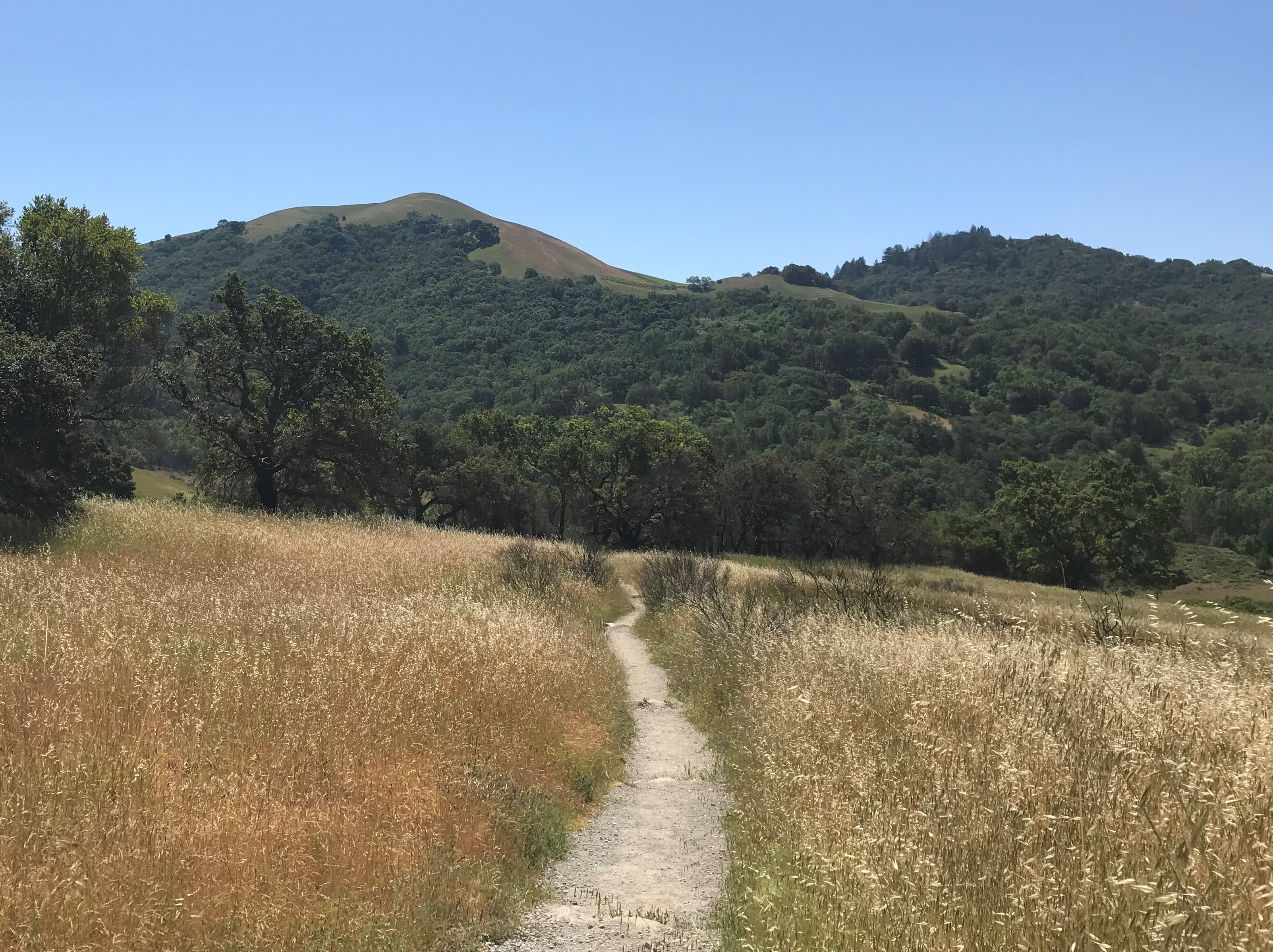What do you do when you’re on a tour, in the middle of nowhere in another country, and your bus won’t start?
When we think of ancient ruins, we normally gravitate towards Italy and Greece, perhaps Cambodia or Thailand. But what about Cancun? Just a 2.5 hour bus trip from the resort strip sits an ancient Mayan City called Chichén-Itzá. With us being that close, we had to experience it in person!
 The Background
The Background
When “touristing” we love to see things that are unique to the area. The Catamaran to Isle de Mujeres and snorkling was a lot of fun as was attending the Cirque du Soleil JOYÀ show.
History has always fascinated us. Seeing an Incan mining camp in the Andes was insightful, so we thought checking out the Mayan City of Chichén-Itzá could be both enlightening and educational.
We purchased a tour of Chichén-Itzá that included the bus ride to and from Cancun. We shared the bus with a Hungarian choir who were not only good, but quite entertaining. One of their group was actually the person who got the bus running again.
On the way we stopped and had lunch as part of the tour. It was a typical small restaurant that served Mexican-American food.
There was no skip the line tour like we did at Musée du Louvre in Paris, or for the Roman Colosseum in Rome, Italy. Once we arrived, we realized we didn’t really need one. While it was fairly well attended, our tour felt fairly private.
The Ruins – main complex
The Mayan culture is fascinating. Even though there were originally thousands of buildings, it’s remarkable how well preserved Chichén-Itzá is. For its age of course. Some of the original buildings were built around 500 AD. Others were built in different eras and the architecture exhibits the different styles.
In the center of the “city” is El Castillo also known as the Temple of Kukulkán, or the Kukulkán pyramid. It dominates the site that looks more like a campus than a city. The temple structure itself is a pyramid. It is a pyramid built on top of a pyramid that was built on top of a pyramid.
While the pyramid may be the focal point, it is surrounded by other structures that have survived the years.
They even offer a light show after dark, entitled “Sound and Light Show ‘Noches de Kukulkán'”. You can get a 2 minute teaser by clicking the link and scrolling down to the bottom of the page.
The Ruins – main complex north side
El Gran Juego de Pelota (The Great Ball Court). It’s always impressive to see a sports arena this old. It’s a very large court, one of the largest among the 10 Mayan ball courts built. The accoustics allow a whisper to be heard from one end to the other. A clap is loud and echoes throughout.
El Templo del Hombre Barbudo (Temple of the Bearded Man) is somewhat connected to the Great Ball Court on the north side.
Tzompantli (The Wall of Skulls), well, you get the point…
Cenote Sagrado (Sacred Well or Well of Sacrifice). A lot of items have been recovered from the bottom. Gold, silver, jade, obsidion, copper, and not surprisingly a few skeletons.
The Ruins – main complex east side
Templo de los Guerreros (Temple of the Warriors) is quite a large structure, and it is connected to Mil Columnas (Thousand Columns, actually only around 200). While these are newer structures in comparison to the original buildings, it follows some of the same architectural patterns and features of the older buildings.
On the east side (in back) of the pyramid, there is a trench that has been excavated. We were told it operated as part of their water supply and bath system.
The Ruins – southeast
Less than a 5 minute walk and southeast of the main complex is another group of excavated ruins.
La Casa del Venado is where part of the residential section of the city was. Unfortunately it is very deteriorated.
Grupo de las Monjas (Ensemble of the Nuns). Most researchers believe it was utilized as a governmental palace, but there are some that think it was a nunnery.
The Casa Colorada (Red House) is the most preserved buildings on the site, and also one of the oldest. It is believed to have been where only wealthy Mayans lived.
El Caracol (The Observatory). Yes, they even had an observatory back then! The observatory was more like a prototype of those we have today. It appears to have been focused on the path of Venus through the sky.
The Wrap Up
This was a fun tour! It offered a little history of the Mayan culture, and some nice archeological buildings. It’s not very big, but that works well with being able to walk the site and see all the buildings in a short period of time.
On the way back we stopped off for a quick Cenote Hubiku Tour. Cenote is a type of geological formation, basically a sinkhole. In this case, it was an underground cavern where they allow swimming. Some our group went swimming.
The only down side we encountered were the people selling things, everywhere. From the bus drop off to the main campus, there were a series of vendors. There were also vendors on the way to the Cenote Sagrado. You had to pass by coming and going. Throughout the entire site, there were people (some kids) strewn throughout the site selling various crafts, trinkets, and souvenirs. They weren’t shy either. If you caught their eye, they start talking.
